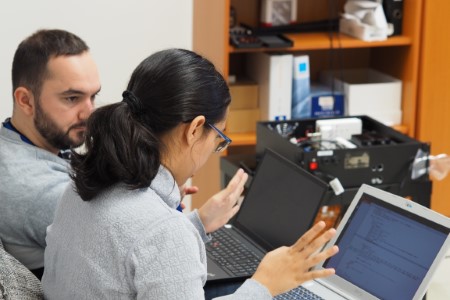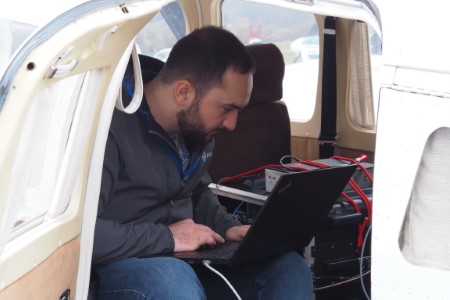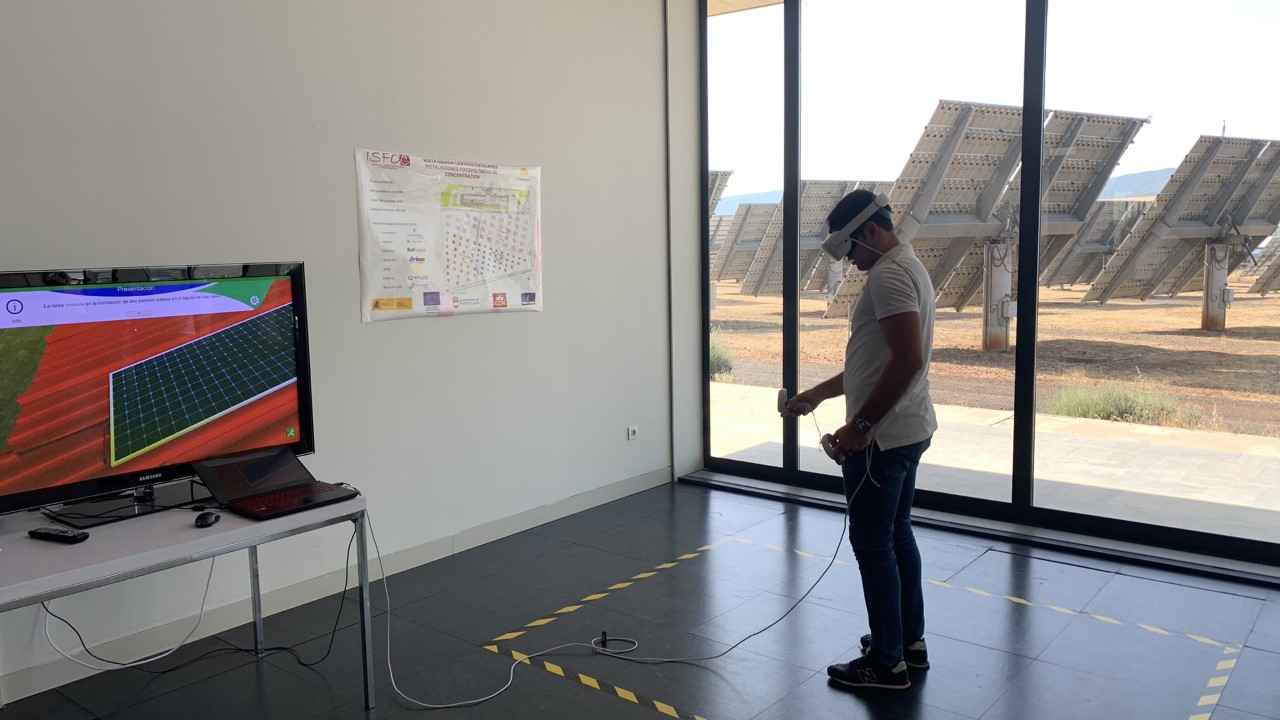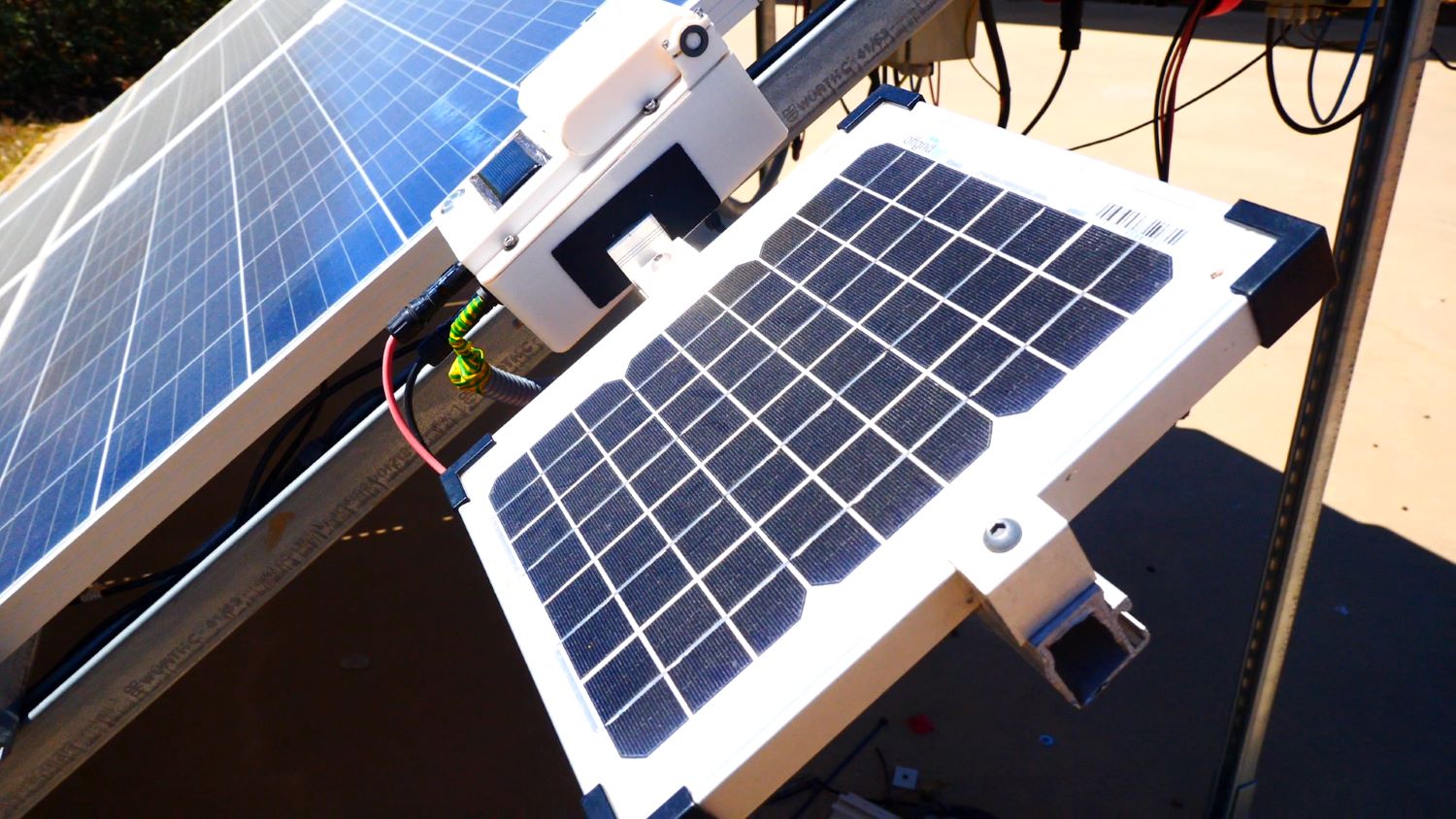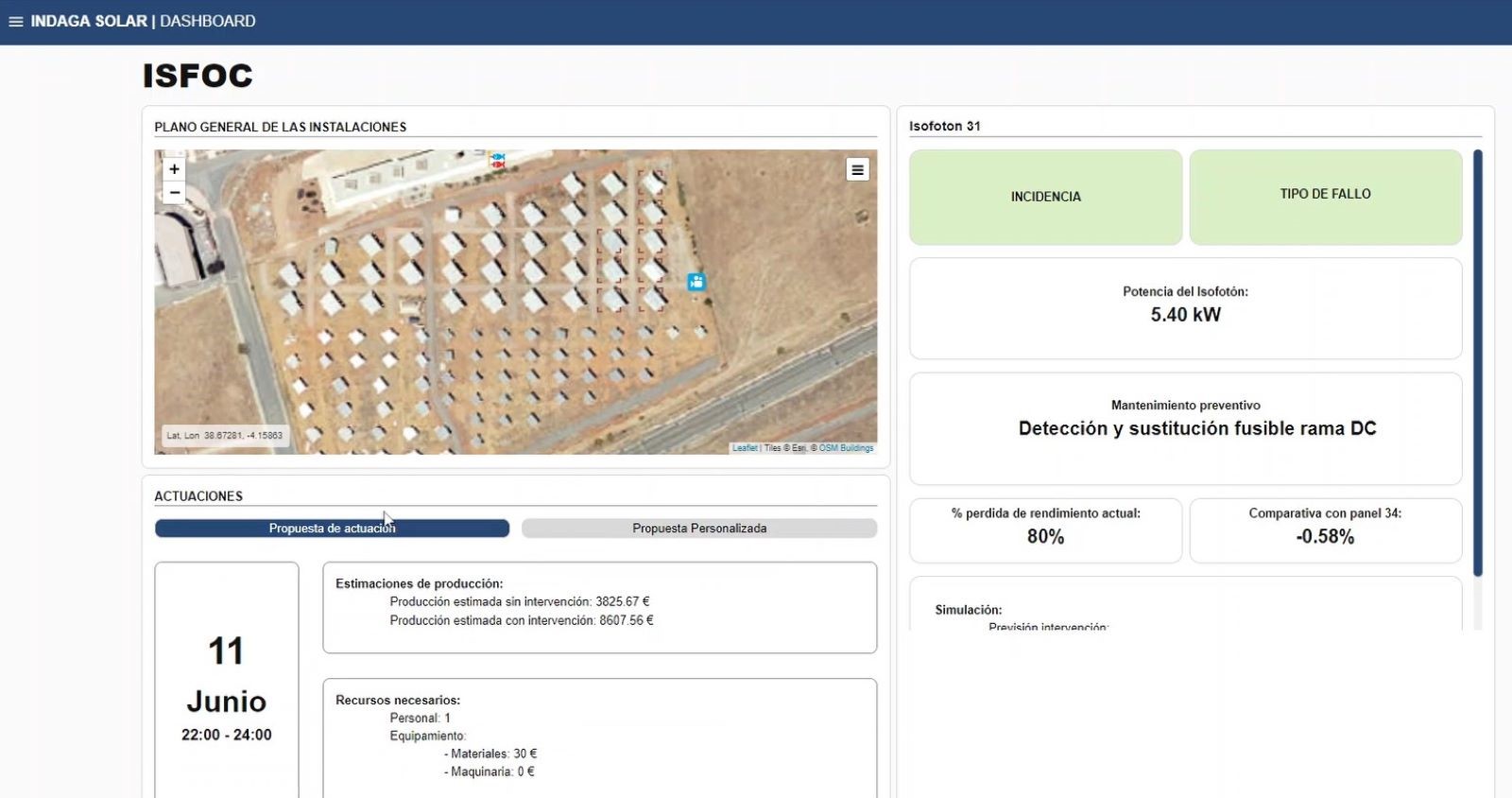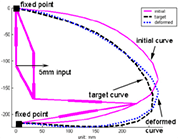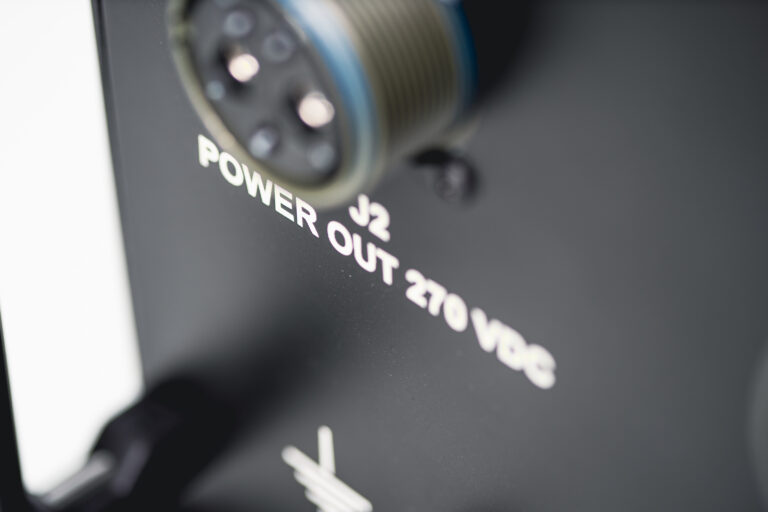Power
- Subtítulo Caso de Éxito: Tecnologías de Sistemas Eléctricos de Potencia para la Descarbonización de la aviación
- Estado: En desarrollo
- Convocatoria: Convocatoria para el año 2023 del procedimiento de concesión de ayudas destinadas al “Programa Tecnológico Aeronáutico” del Programa Estatal para Catalizar la Innovación y el Liderazgo Empresarial del Plan Estatal de Investigación Científica y Técnica y de Innovación 2021-2023, en el marco del Plan de Recuperación, Transformación y Resiliencia.
- Financiación: Este proyecto ha sido subvencionado por el CDTI, con el apoyo del Ministerio de Ciencia e Innovación, con número de expediente 00160225 / PTAG-20231007
- Consorcio: Airbus (Coordinador), Aertec, Lancor, Obeki Innove, Skylife Engineering
- Sector: Aeronáutica
- Proyecto:
La empresa SKYLIFE ENGINEERING, S.L. participa en el desarrollo del proyecto POWER - TECNOLOGÍAS DE SISTEMAS ELÉCTRICOS DE POTENCIA PARA LA DESCARBONIZACIÓN DE LA AVIACIÓN, cuyo objetivo es investigar las tecnologías habilitadoras necesarias para el desarrollo de un sistema de propulsión eléctrico para aeronaves sostenibles. Además de contribuir en el proceso de descarbonización de la aviación, POWER pretende cubrir:
- Implicaciones funcionales y de seguridad de los contactores HV (alto voltaje) de última generación
- Conceptos de conversión y distribución de alta tensión de alta eficiencia
- Máquinas eléctricas de alta eficiencia y densidad de potencia
- Integración inteligente, arquitectura y topología de motores eléctricos y MCU modulares (Unidad de control de motores) para reducir el peso total.
- Intro servicio:
Proyecto de I+D cuyo objetivo es investigar las tecnologías habilitadoras necesarias para el desarrollo de un sistema de propulsión eléctrico para aeronaves sostenibles.
Proyecto de I+D cuyo objetivo es investigar las tecnologías habilitadoras necesarias para el desarrollo de un sistema de propulsión eléctrico para aeronaves sostenibles.
















